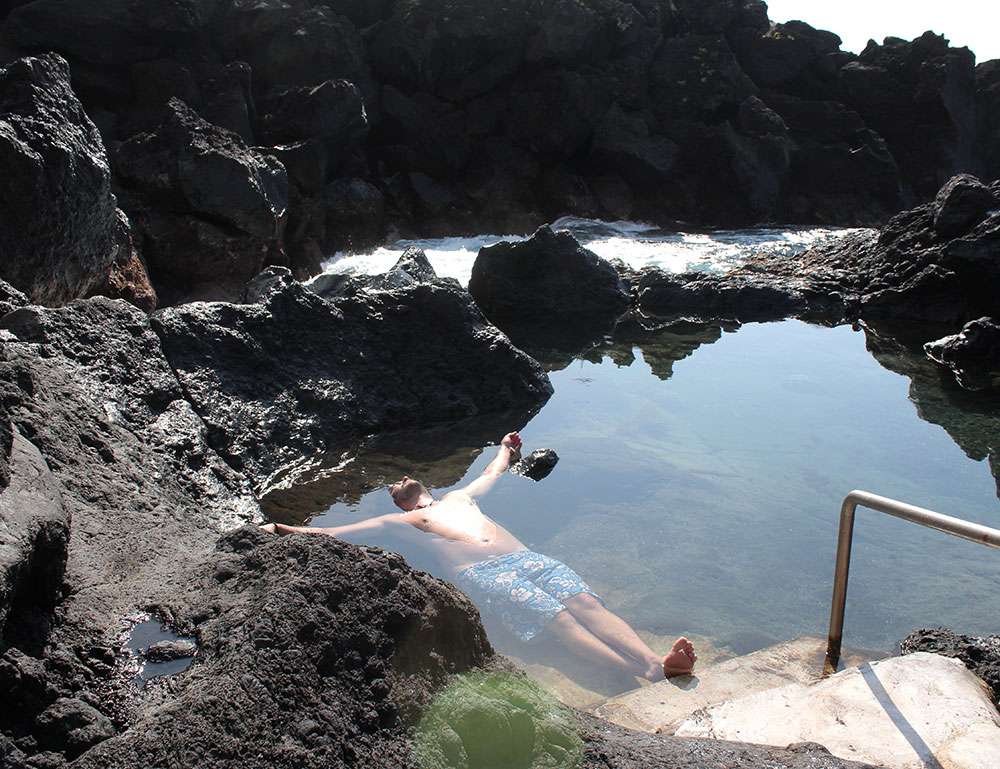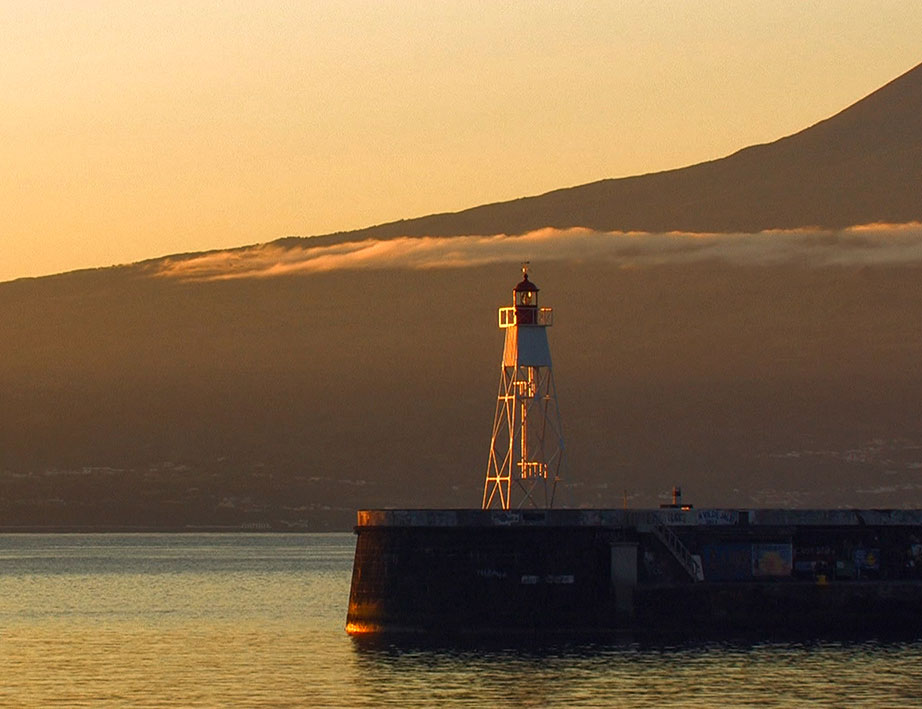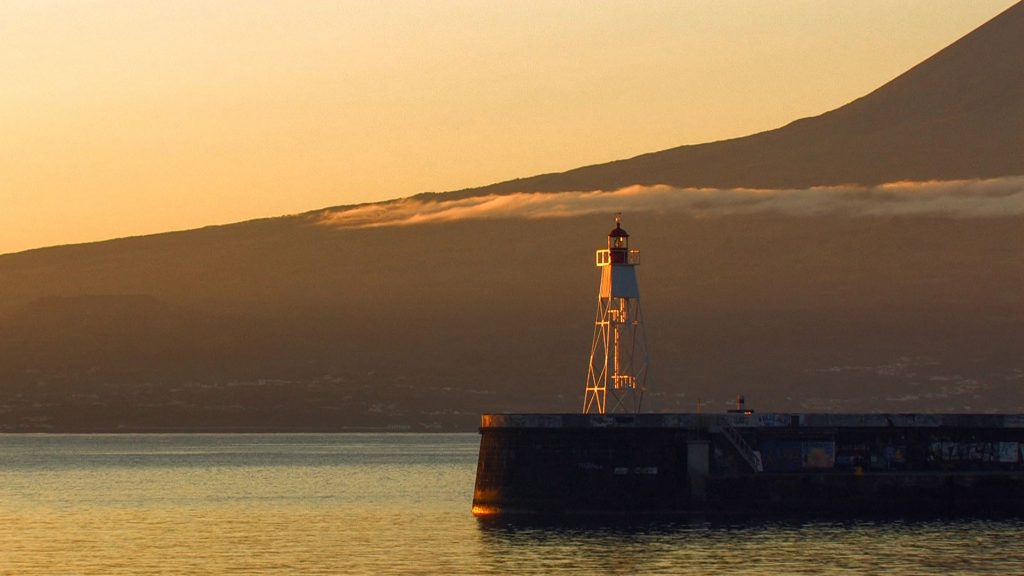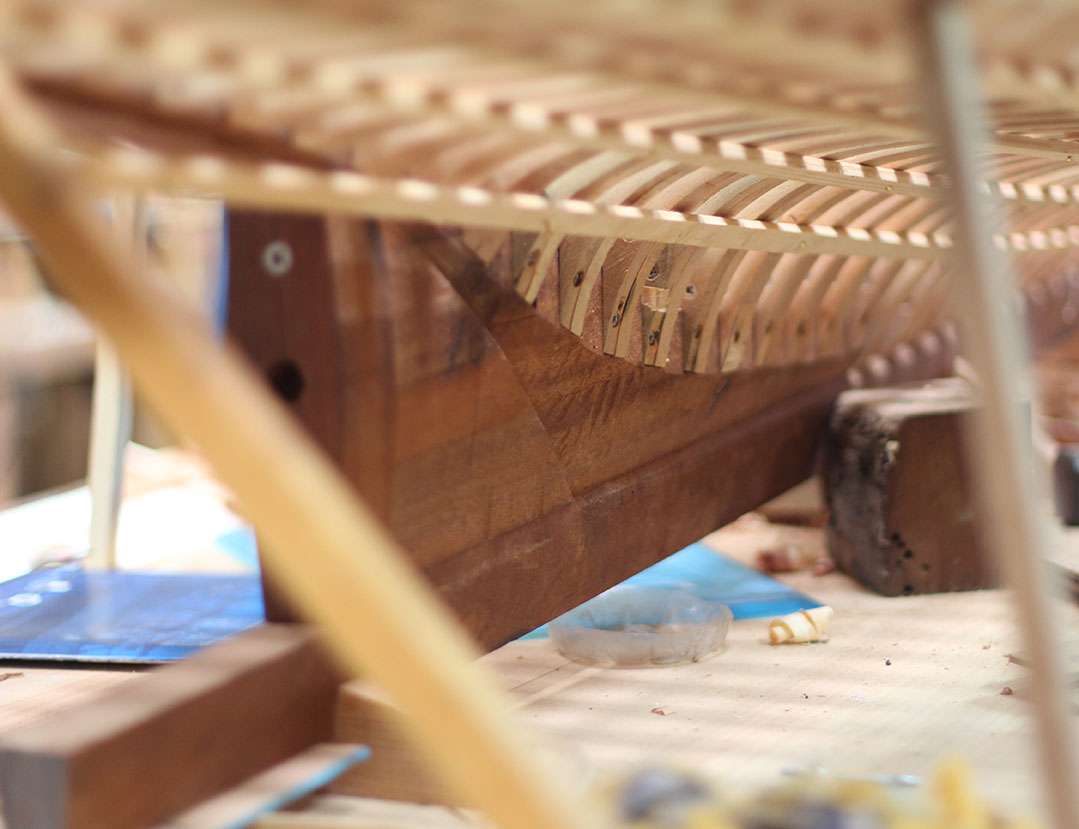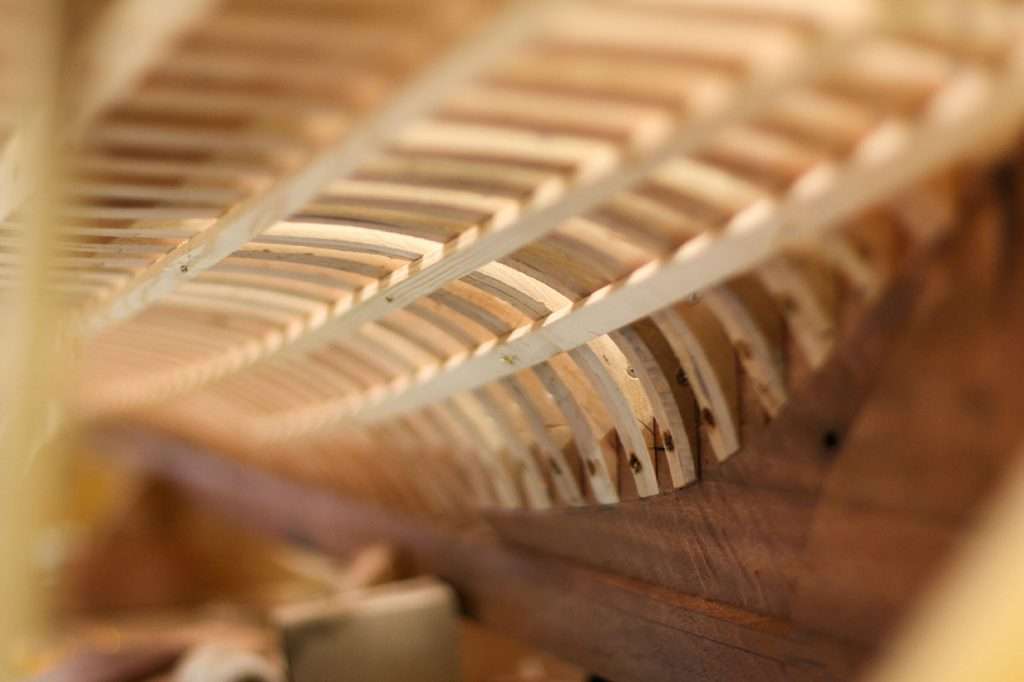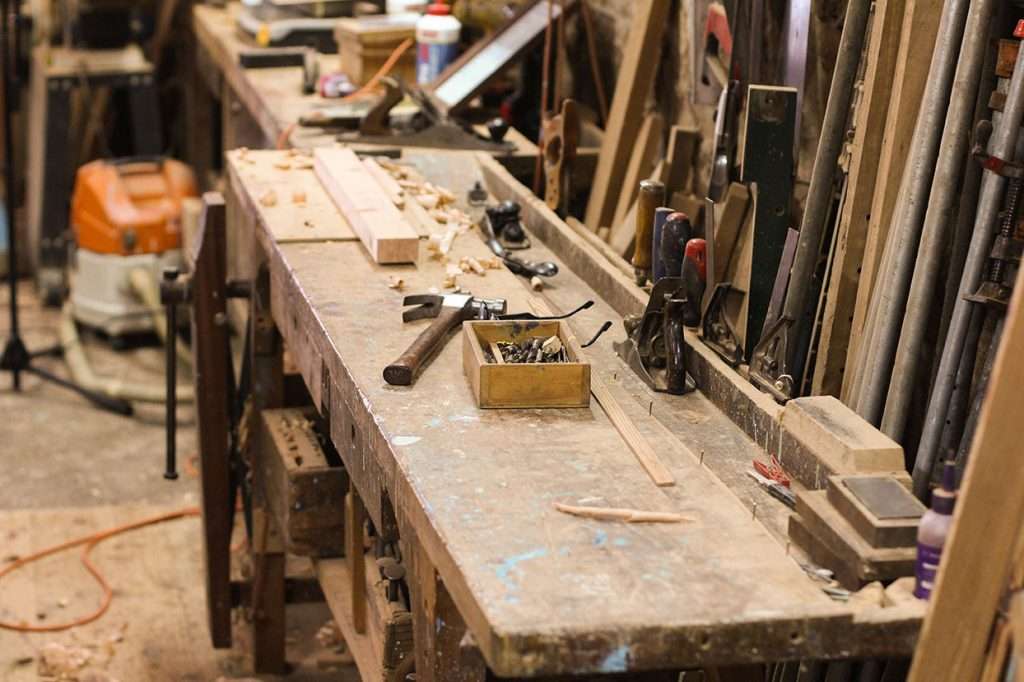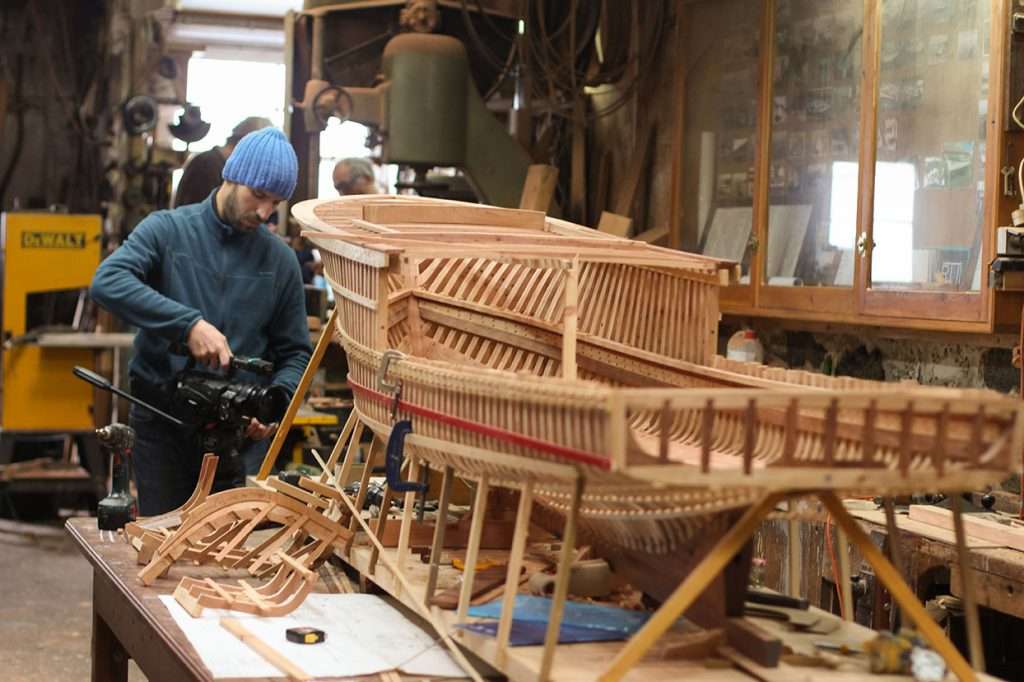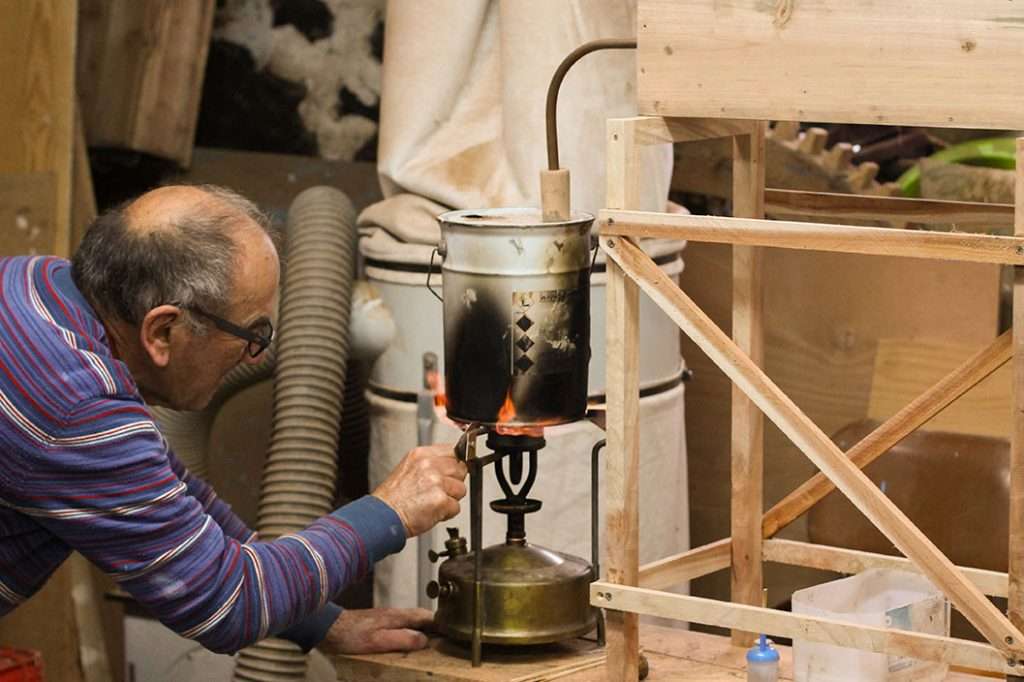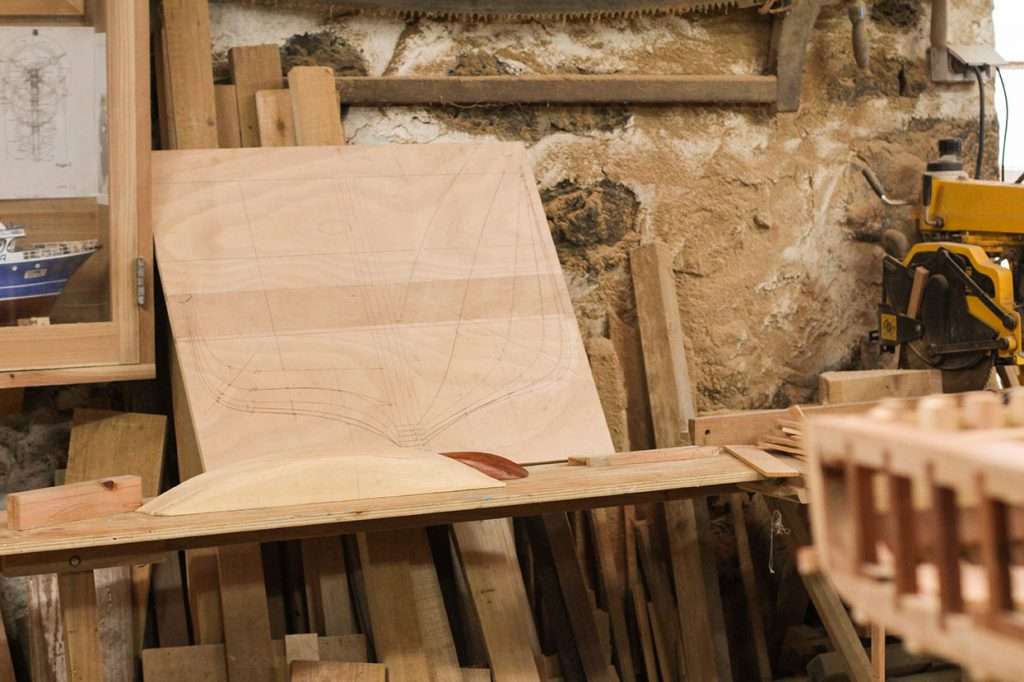Our guide Pedro is in his natural habitat during a Hiking trip, and he can be seen regularly throughout the azorean trails.
These trails were used to access neighboring parishes celebrations or to transport goods such as vegetables and fish, when would not be possible by boat, many times the only option of transportation years ago.
Nowadays they are perfect to release everyday stress, exercise, keeping active and healthy, while getting to know more about historical and cultural heritage, plants and animals. Hiking is a complete sport for everyone and the best way to get in touch with the azorean way of life.
In the Azores Triangle Islands (Faial, Pico and São Jorge) there are 21 official hiking trails (marked paths) that lead us to some places only accessible by walking. There are many landscapes to explore: fajãs (small sea level flat areas located at the feet of the island’s high cliffs), waterfalls, hills, volcanos and mountains, amongst those, Pico is the highest mountain in Portugal.
Pedro is passionate about everything that is related to historical heritage, culture and azorean nature. To go along with him is to share his passion about the islands in a fun way.
#ourislandway
your shoes in our steps
